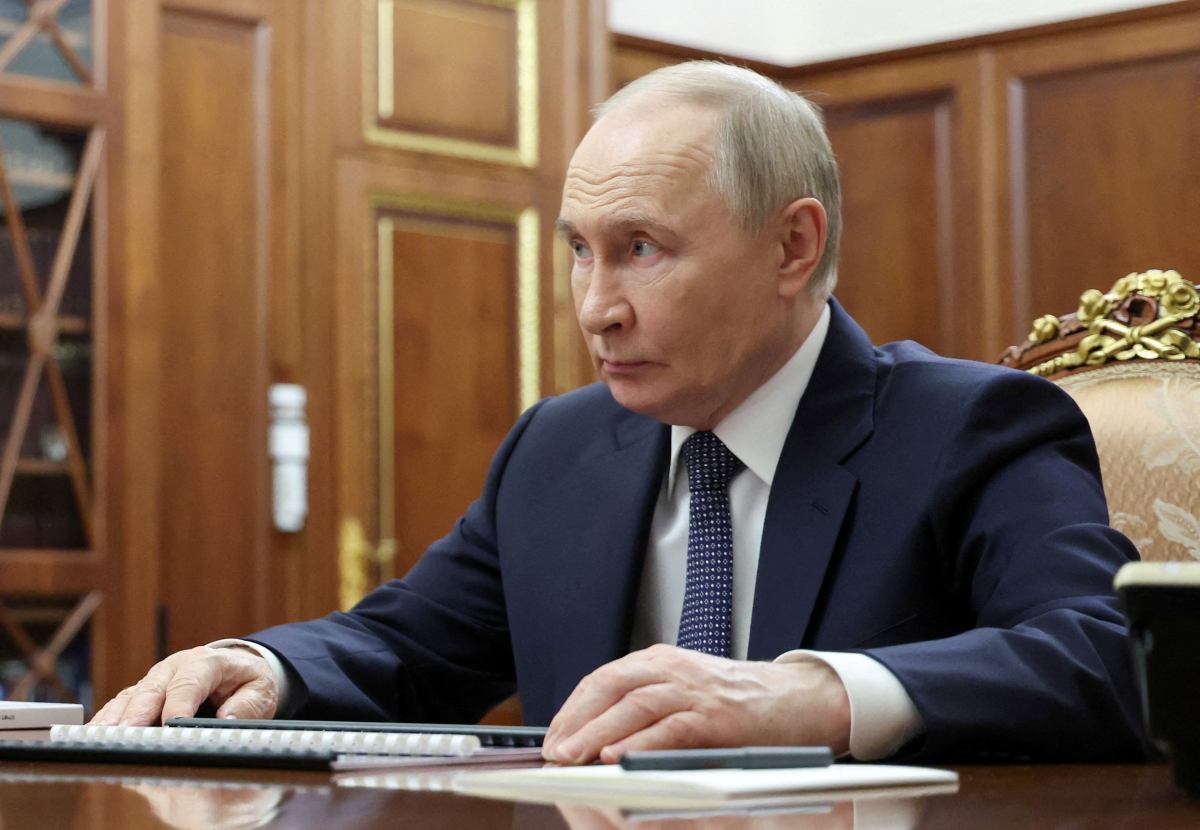Trump’s simplified peace plan envisions freezing the front line, providing security guarantees, and urging Ukraine to cede Donetsk and Luhansk to Russia. On the ground, this would mean Ukraine relinquishing significant territory, including a crucial “fortress.”
Overview of Trump’s Peace Vision
After meeting President Vladimir Putin on Alaska, Donald Trump proposed a peace plan that would freeze the front line and secure guarantees for Ukraine in exchange for the surrender of Donetsk and Luhansk regions. Reports from the New York Times, citing European diplomatic sources, and AFP highlighted this strategy. Trump’s negotiation partner, Steve Witkoff, described the proposal as a “fundamental issue” to be discussed at the upcoming meeting with President Volodymyr Zelensky in>The Most Valuable Territory to Concede
Ukrainian leaders have long maintained that territory cessions are non-negotiable. Yet, practical pressures could force a change. The Donetsk Oblast remains the key issue: Russia currently controls about 70 % of it and has been expanding its presence since the fall of 2023. Full control, the Russians claim, would integrate Donetsk into a 2023 “illegal annexation,” making it a top territorial goal.
The Strategic Significance of Donetsk
Despite its autonomy, Donetsk’s core remains defensible for Ukraine. Słowiańsk-Kramatorsk, a city of roughly 250,000 residents before the war, sits at the heart of the oblast. Combined with the surrounding wetlands and forests, the area has been dubbed a “fortress.” Handing it over would represent a crippling blow—not just politically but militarily—depriving Ukraine of prepared defensive positions. Westward lie the Kharkiv and Dnipropetrovsk oblasts, where no such strategic holds exist.
Transfer of Luhansk
Luhansk, partly occupied since 2014–15, is easier to relinquish. Russian forces already control most of it. Ukraine holds only a small strip west of Zaporizhzhia city, near the river Žerebiec—less than one percent of the oblast. This back‑off would pose minimal military risks for Ukraine.
Freezing the Rest of the Frontline
Leaks to American media suggest that other partially occupied oblasts, notably Chernihiv and Zaporizhzhia, would have their front lines frozen if Ukraine withdraws from Donbas. Russia would maintain control over roughly 70 % of both regions. Though the major cities—Chernihiv, Zaporizhzhia, and the Enerhodar nuclear plant—remain under Ukrainian control, Russia would still hold key strategic assets.
Uncertain Outcomes in Kharkiv and Sumy
In Kharkiv, Russian occupation is minimal (about 3 % of the oblast). In Sumy, following failed spring offensives, occupation is limited to a handful of villages north of Sumy. These areas would likely remain contested or under limited Russian influence if Ukraine withdraws.
Political and Public Backlash
Ukrainian public opinion is sharply opposed: nearly 78 % of Ukrainians oppose further territorial concessions. Despite war fatigue and mounting casualties—especially among mobilized troops and trained units—Zelensky recognizes that another loss would be politically devastating. Meanwhile, Russia faces high casualty rates yet continues to attract volunteers with financial incentives, while improving its own drone and tactics capabilities despite budget strains.
References
Kaynaklar:•York Times (article on Trump‑Russia talks)• AFP (report on peace plan)• https://wiadomosci.gazeta.pl/prezydent• https://wiadomosci.gazeta.pl/Waszyngton• https://wiadomosci.gazeta.pl/granica










